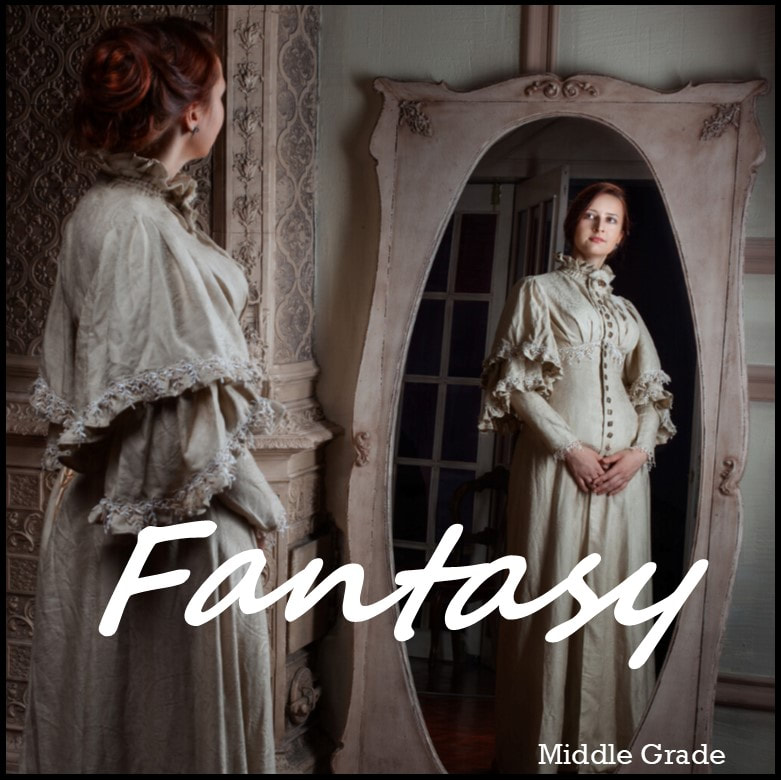
Today is St. Valentine’s Day. It’s the perfect occasion to express your heartfelt feelings to the ones you love.
It didn’t begin that way, though. On the contrary, the legend started out with intrigue, beheadings, and scattered body parts. To top that off, no one even knows who the real St. Valentine was. All the details have been lost to time, only to be transformed by the poets in tales of love and romance.
The story behind this February 14th celebration would make an excellent mystery novel. There are so many unknowns! First, the investigator must determine which of the 40+ St. Valentines died on that particular date. The next step entails lots of research to establish the causes of death – was it natural, or was the guy bumped off?
After weeding the list down to the Valentines killed on February 14th, the detective must use his little gray cells to piece together how an event featuring a martyred saint could become a symbol of romance and love—a challenging task.
It didn’t begin that way, though. On the contrary, the legend started out with intrigue, beheadings, and scattered body parts. To top that off, no one even knows who the real St. Valentine was. All the details have been lost to time, only to be transformed by the poets in tales of love and romance.
The story behind this February 14th celebration would make an excellent mystery novel. There are so many unknowns! First, the investigator must determine which of the 40+ St. Valentines died on that particular date. The next step entails lots of research to establish the causes of death – was it natural, or was the guy bumped off?
After weeding the list down to the Valentines killed on February 14th, the detective must use his little gray cells to piece together how an event featuring a martyred saint could become a symbol of romance and love—a challenging task.

Who was the Real St. Valentine?
The facts he uncovers lead our sleuth to believe the victim could be one of several people or a combination of several of them.
Two Valentines stand out as likely candidates, but neither dealt with matters of romance. Both were martyrs and were beheaded by Roman Emperor Claudius on the 14th of February, but in different years.
The first Valentine refused to renounce his faith and was placed under house arrest. The whole house converted to Christianity after witnessing the priest restore sight to a young blind girl. Once word reached the Emperor, Valentine was executed.
The second candidate, Bishop Valentine of Terni, was also known for his healing ability. The legend claims that a Roman scholar asked the bishop to heal his crippled son. After performing this miracle, the scholar, his family, and visiting friends converted to Christianity. Soon after, the bishop was arrested and killed.
A third Valentine could also be a contender. This priest defied Emperor Claudius by performing marriages for young lovers in secret. Claudius believed that single men made better soldiers than those with wives and families, so he outlawed marriage for young men. When these illegal marriages were discovered, Valentine was put to death.
But that’s not all. Another Valentine helped Christians escape harsh Roman prisons. After being imprisoned himself, he supposedly sent the first “From Your Valentine” greeting to a young girl who visited him during his confinement.
The facts he uncovers lead our sleuth to believe the victim could be one of several people or a combination of several of them.
Two Valentines stand out as likely candidates, but neither dealt with matters of romance. Both were martyrs and were beheaded by Roman Emperor Claudius on the 14th of February, but in different years.
The first Valentine refused to renounce his faith and was placed under house arrest. The whole house converted to Christianity after witnessing the priest restore sight to a young blind girl. Once word reached the Emperor, Valentine was executed.
The second candidate, Bishop Valentine of Terni, was also known for his healing ability. The legend claims that a Roman scholar asked the bishop to heal his crippled son. After performing this miracle, the scholar, his family, and visiting friends converted to Christianity. Soon after, the bishop was arrested and killed.
A third Valentine could also be a contender. This priest defied Emperor Claudius by performing marriages for young lovers in secret. Claudius believed that single men made better soldiers than those with wives and families, so he outlawed marriage for young men. When these illegal marriages were discovered, Valentine was put to death.
But that’s not all. Another Valentine helped Christians escape harsh Roman prisons. After being imprisoned himself, he supposedly sent the first “From Your Valentine” greeting to a young girl who visited him during his confinement.

The facts behind the Valentine legends are murky. It’s going to be difficult, if not impossible, to track down the truth. Even more questionable is the validity of the saint’s sacred body parts believed to exist in churches across Europe. Our investigator must visit these places of worship in Prague, Rome, Madrid, Terni, Glasgow, and Dublin to search for any clues pertinent to his investigation.

The Romance Angle
Our gumshoe spends his time aboard his private jet, wracking his brain over where the romance angle comes in. Face it, Catholic priests and bishops do not mix all that well with images of Cupid. There is no evidence that any of these saints performed acts promoting romance, except that guy who wrote love letters from his jail cell to a kid. That doesn’t sound very likely and places Valentine number four at the bottom of the list of suspects.
So, what inspired Valentine’s Day? Google predicts it could have been the execution of Valentine, a pagan holiday, or Middle Age poets looking for new ideas to entertain their readers.
Our private eye has ruled out the executions of the assorted Valentines since there are no historical references to any parties where love-themed cards were exchanged for at least 1300 years or so after Claudius’ reign.
The earliest possible origin of Valentine’s Day evolved from the pagan holiday Lupercalia. Occurring in mid-February, it was popular and one of the few pagan holidays allowed to be celebrated after Christianity was legalized in the Roman Empire.
Lupercalia celebrated fertility. Men stripped naked and sacrificed a goat and dog. Young boys would then take strips of hide from the sacrificed animals and use them to whip young women to promote fertility.
We are getting closer to solving the mystery.
Anyway, all the wild parties came to an end when Pope Gelasius came to power in the late fifth century and put an end to the fun. To replace Lupercalia, the Catholic church declared February 14 as a feast day to celebrate the martyred St. Valentine. Unfortunately, the early Valentine’s Day celebrations substituted the fertility, love, and sacrifices with food and prayers honoring the saint. No romance.
The more modern notion of Valentine’s Day celebrating passion arose a thousand-plus years later when British author Geoffrey Chaucer introduced the idea of recognizing lovers during this annual feast. Evidence proves that much of the romanticized tales of St. Valentine originated from the imagination of Chaucer and other poets trying to liven up their work to attract more readers. (That is the opinion of our investigator, not historians.)
As far as Valentine’s cards go, they didn’t become popular until the 1400s. The oldest known Valentine still in existence today was a poem written in 1415 by Charles, Duke of Orleans, to his wife while imprisoned in the Tower of London.
That concludes the investigation. The mystery is solved. A priest or bishop named Valentine was martyred way back in the BC times. The Catholic church replaced the Roman pagan celebration, Lupercalia, with a calmer, more conservative feast in honor of St. Valentine. Chaucer added all the bells and whistles during the Middle Ages. The cards came into play a few years later. Case closed.
Any questions?
Our gumshoe spends his time aboard his private jet, wracking his brain over where the romance angle comes in. Face it, Catholic priests and bishops do not mix all that well with images of Cupid. There is no evidence that any of these saints performed acts promoting romance, except that guy who wrote love letters from his jail cell to a kid. That doesn’t sound very likely and places Valentine number four at the bottom of the list of suspects.
So, what inspired Valentine’s Day? Google predicts it could have been the execution of Valentine, a pagan holiday, or Middle Age poets looking for new ideas to entertain their readers.
Our private eye has ruled out the executions of the assorted Valentines since there are no historical references to any parties where love-themed cards were exchanged for at least 1300 years or so after Claudius’ reign.
The earliest possible origin of Valentine’s Day evolved from the pagan holiday Lupercalia. Occurring in mid-February, it was popular and one of the few pagan holidays allowed to be celebrated after Christianity was legalized in the Roman Empire.
Lupercalia celebrated fertility. Men stripped naked and sacrificed a goat and dog. Young boys would then take strips of hide from the sacrificed animals and use them to whip young women to promote fertility.
We are getting closer to solving the mystery.
Anyway, all the wild parties came to an end when Pope Gelasius came to power in the late fifth century and put an end to the fun. To replace Lupercalia, the Catholic church declared February 14 as a feast day to celebrate the martyred St. Valentine. Unfortunately, the early Valentine’s Day celebrations substituted the fertility, love, and sacrifices with food and prayers honoring the saint. No romance.
The more modern notion of Valentine’s Day celebrating passion arose a thousand-plus years later when British author Geoffrey Chaucer introduced the idea of recognizing lovers during this annual feast. Evidence proves that much of the romanticized tales of St. Valentine originated from the imagination of Chaucer and other poets trying to liven up their work to attract more readers. (That is the opinion of our investigator, not historians.)
As far as Valentine’s cards go, they didn’t become popular until the 1400s. The oldest known Valentine still in existence today was a poem written in 1415 by Charles, Duke of Orleans, to his wife while imprisoned in the Tower of London.
That concludes the investigation. The mystery is solved. A priest or bishop named Valentine was martyred way back in the BC times. The Catholic church replaced the Roman pagan celebration, Lupercalia, with a calmer, more conservative feast in honor of St. Valentine. Chaucer added all the bells and whistles during the Middle Ages. The cards came into play a few years later. Case closed.
Any questions?









 RSS Feed
RSS Feed